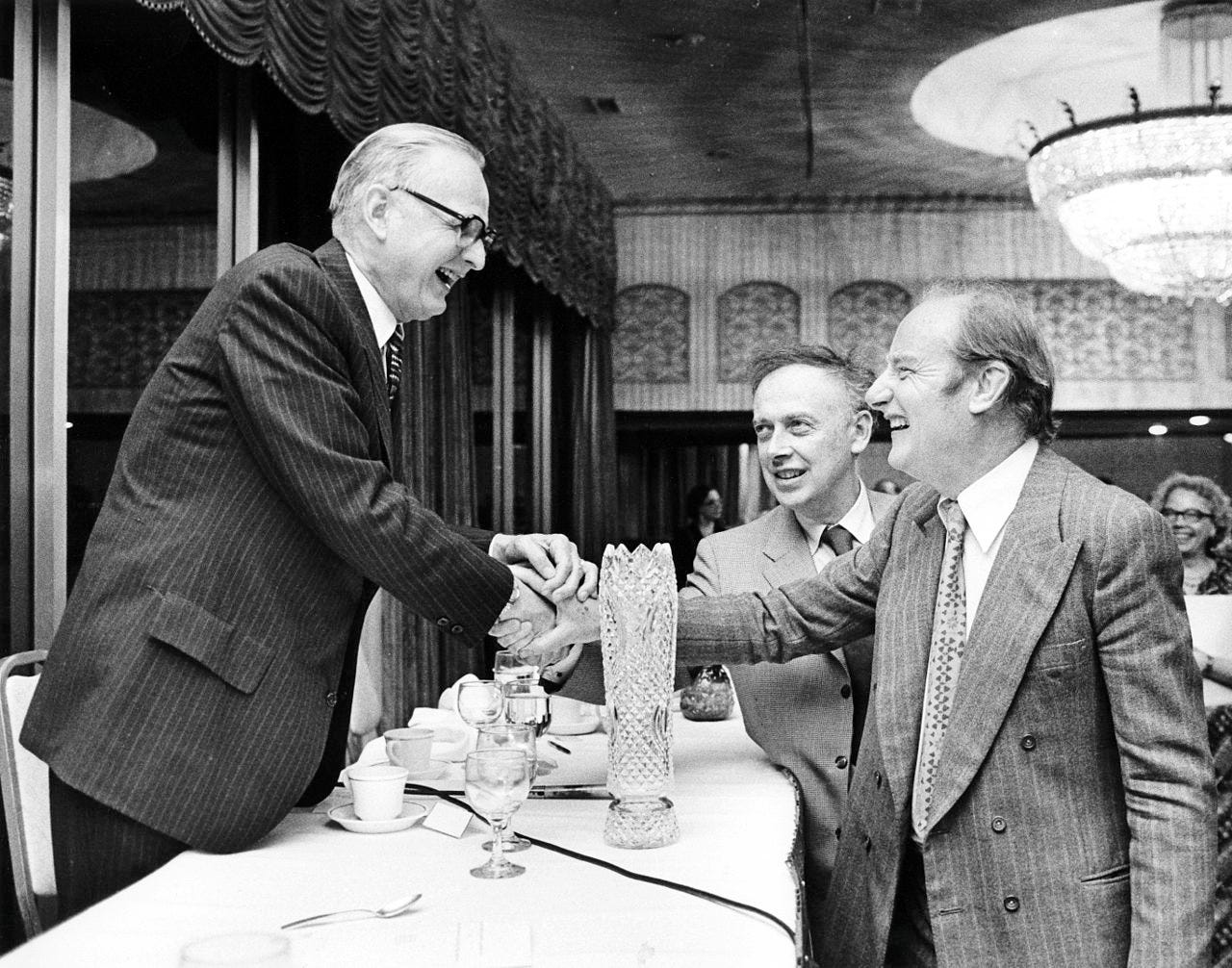The fix is in: stopping cancer cells from repairing themselves
Blocking the interactions that allow DNA repair genes to do their job could be a novel strategy for treating cancers, say researchers in Switzerland.

Imagine if your car could fix itself while you’re driving it—sealing oil leaks, tightening drive belts, re-inflating tires—all occurring as you zip along at highway speeds, oblivious to the continuous repair process.
DNA does just that for human cells, activating nearly 550 genes that produce proteins to zoom in and repair anywhere from around 10,000 to 1,000,000 molecular lesions (think of them as DNA bruises) that occur in every cell, every day. These lesions can lead to abnormalities in DNA’s building blocks (nucleotides) or even breaks in one or both strands of the DNA double helix.
Left unrepaired, areas of DNA damage would quickly accumulate and lead to so-called genetic instability, with potentially devastating consequences such as cancer— this can occur when genes that control the growth of cells are damaged and allow mutant cells to grow exponentially.
Ironically, DNA damage can also be exploited to treat cancer. It’s how most forms of chemotherapy and many other types of cancer drugs work: by impairing the ability of fast-growing cells to repair themselves. There is even a relatively new category of drugs, called “DNA damage repair inhibitors” that work by directly interfering with cellular self-repair mechanisms.
Now, researchers at the public university ETH Zurich in Zurich, Switzerland, report that by painstakingly examining many thousands of DNA repair gene interactions, they have discovered the soft underbelly of cancer cells that could serve as targets for new cancer therapies.
As they describe in a paper in the journal Nature, Jacob E. Corn, PhD, and colleagues studied approximately 150,000 interactions among 548 genes that comprise all major DNA repair pathways, and found that switching off one DNA repair gene usually did not cause major problems, because a backup gene could swoop in and do the job.
“Human cells love redundancy,” Corn explained.
However, when two linked genes were both inactivated, the cells would fail to be repaired, and eventually died. The researchers found that one pair of genes in particular interacted to prevent cell death, and when this interaction was interrupted it resulted in the degradation of a DNA processing factor, leading to instability of the genome, chromosome breakage, and cell death.
“Our research has identified the additional genes that need to be inactivated to prevent the growth of cancer cells,” says co-investigator John Fielden, PhD.
The researchers also identified several previously undiscovered links between common cancer-causing mutations and their molecular targets that could potentially be blocked with the use of drugs.
“These newly discovered potential vulnerabilities in cancer cells now need to be tested. We have shown the pathways through the dark forest. Now it’s easy to walk those paths,” Corn says.
The research was funded by various foundation and government research grants. Funding for open access publishing was provided by Swiss Federal Institute of Technology Zurich.
Corn is a cofounder and scientific advisory board member of Serac Biosciences.
Neil Osterweil is an award-winning medical journalist with more than 40 years of experience reporting on medicine and health care.




